12 Most Expensive Plants in the World
Plants are the most treasured pieces of décor in any home (well, in my home at least). But, sometimes, plants can have the price tag to match how much we treasure them, or, in some cases, surpass our wildest expectations. We’re going to dive into the world’s most expensive plants.

1. Variegated Hoya Carnosa Compacta
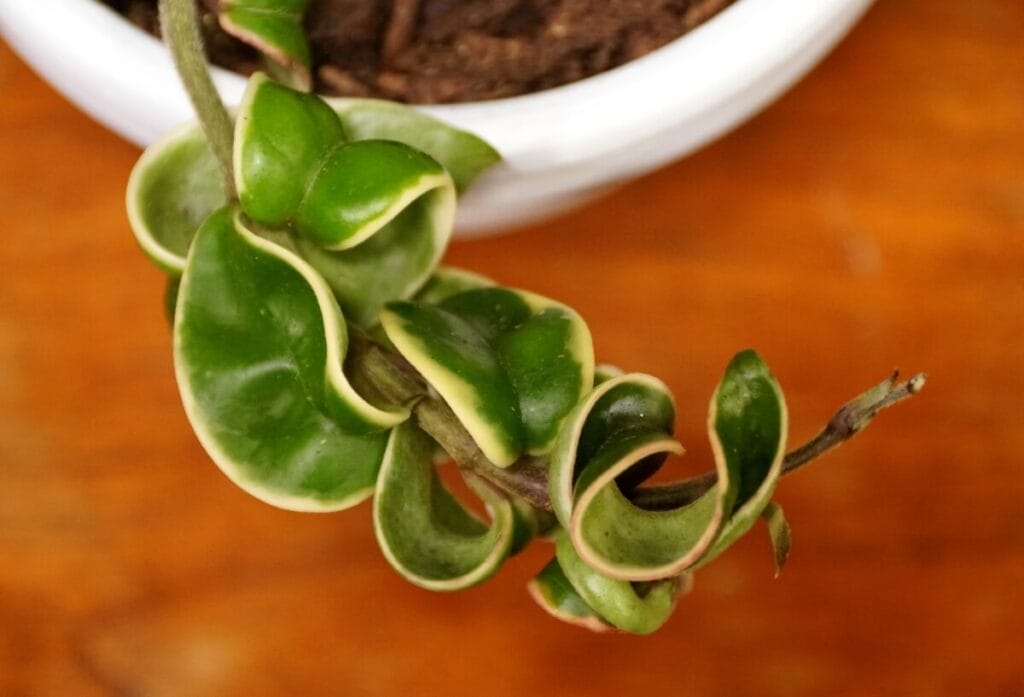
I love my Hoya Carnosa! Its striking variegated leaves always catch my eye, and despite what some might say, I find it fairly easy to care for.
Why It’s Expensive:
The Variegated Hoya Carnosa Compacta is coveted for its unique, variegated leaves and slow growth rate. The variegation, with its splashes of white or yellow, makes it a collector’s dream. You can expect to pay anywhere between $200 and $800, depending on variegation pattern and size.
Where to Get It: Specialist plant shops, botanical gardens, or through dedicated online sellers often carry these prized varieties.
2. Monstera Thai Constellation
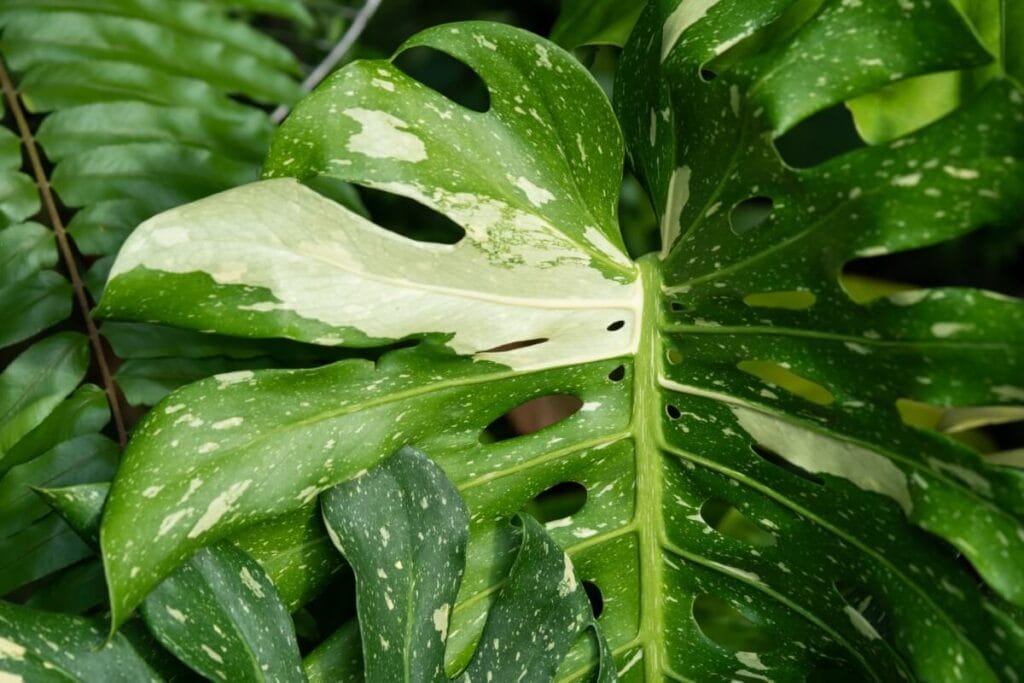
Plant collectors adore this monstera, and I can’t blame them. The Monstera Thai Constellation looks spectacular with its white splattered variegated monstera leaves, making any plant enthusiast drool.
Why It’s Expensive:
The unique variegation is a sign of rare mutation, which makes it quite difficult to propagate. As you can imagine, this makes this stunning plant rare, giving it a bit of a hefty price tag. You can pay as much as $500 for a small cutting or young plant.
Where to Get It: Exclusive plant nurseries or from collectors who propagate and sell their cuttings.
3. Fiddle Leaf Fig
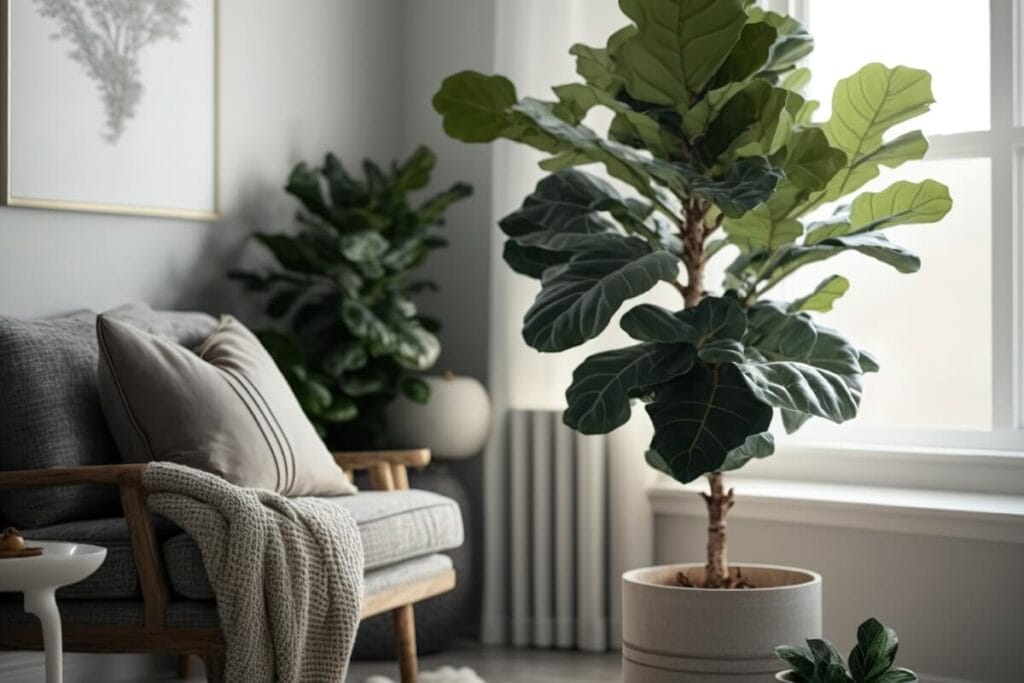
Every houseplant collector should own a fiddle leaf fig, in my opinion. Their large, glossy, fiddle-shaped leaves add a tropical flare to any space, and, with the right care, can thrive effortlessly.
Why It’s Expensive:
The thing that makes these plants so special is what adds to their price tag – their leaves. The popularity has only upped the price, and their slow growth doesn’t help either. You can spend anywhere between $100 of $1000 on a Fiddle Leaf Fig, depending on size and maturity.
But, if you don’t mind waiting for it to grow, you can pick up younger plants for much cheaper.
Where to Get It:
Nurseries specializing in exotic indoor plants often offer these, while larger specimens might be found at botanical garden sales or through specialized plant sellers.
4. Philodendron Pink Princess
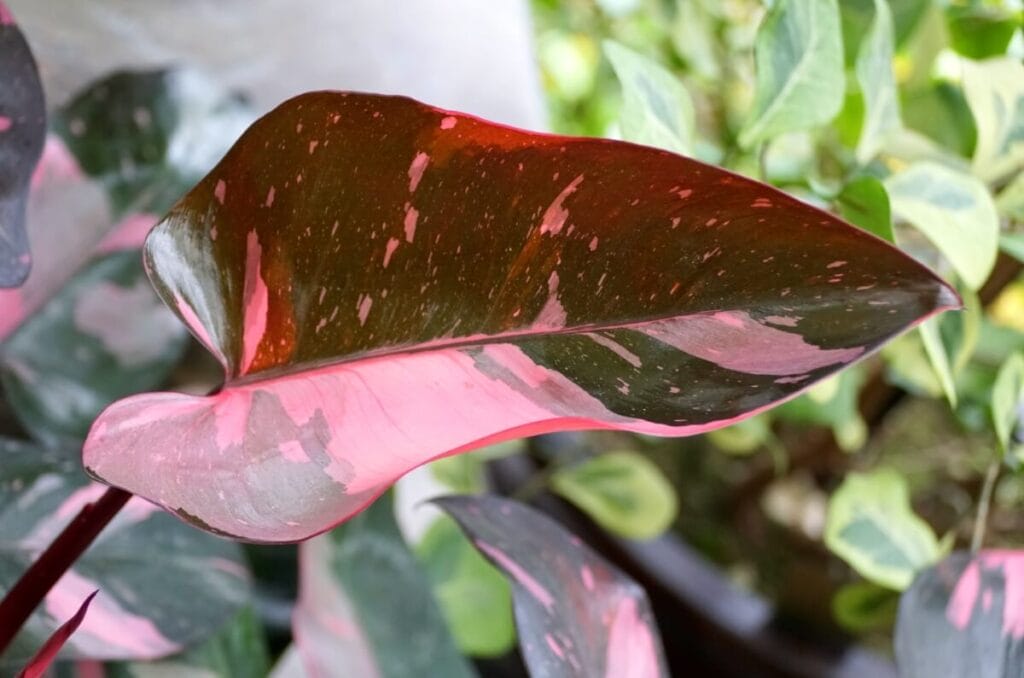
Like monsteras, many types of philodendrons are a houseplant staple. But the Philodendron Pink Princess adds a different flare to this otherwise ‘normal’ plant.
Why It’s Expensive:
The striking pink variegation makes this philodendron rare and in high demand. This plant’s slow growth only adds to its hefty price tag. Prices range widely from $500 to $2000, depending on the variegation and size.
Where to Get It:
Specialized nurseries or through online forums.
5. Variegated Monstera Adansonii
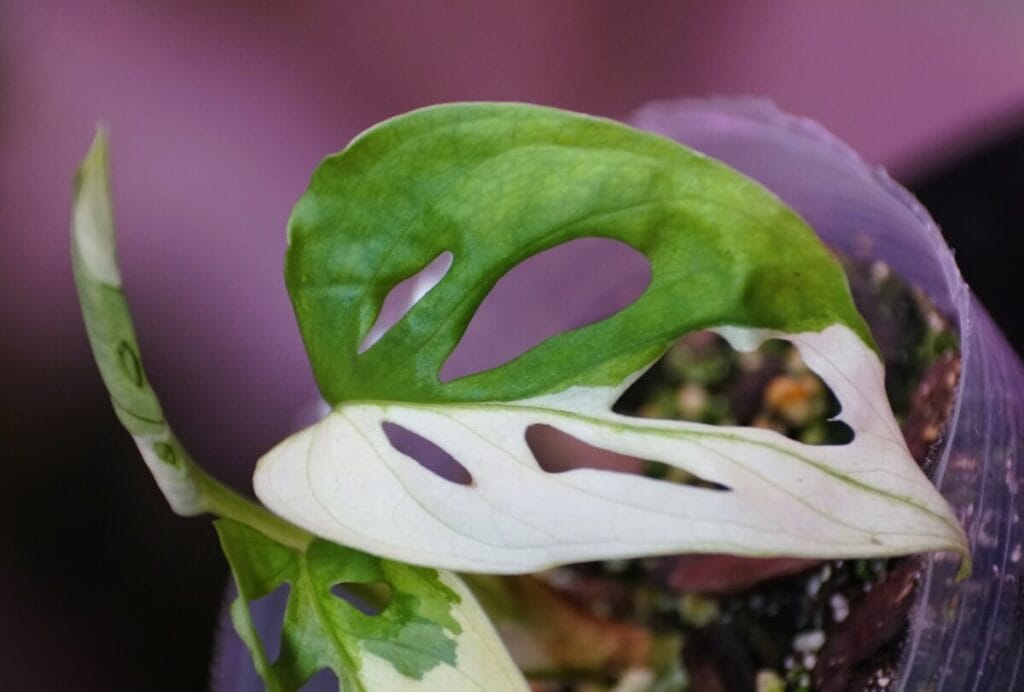
Believe it or not, the true Swiss Cheese plant, Monstera Adansonii, especially the variegated variety, is rare and pricey!
Why It’s Expensive:
The Variegated Monstera Adansonii, with its irregular variegation, is a highly sought-after variation. Its scarcity and unique pattern contribute to its high price. You can pay anywhere between $500 to $2,500, depending on variegation and plant size.
Where to Get It:
Specialized online sellers, or through dedicated collectors who occasionally sell cuttings.
6. Variegated Philodendron Minima

I love a variegated plant, but nothing beats the Variegated Philodendron Minima. The milky variegations are eye-catching and unique, adding to its collectability.
Why It’s Expensive:
As is the case with most variegated plants, the Variegated Philodendron Minima’s unique lack of chlorophyll is rare, making it difficult to propagate. Add in the high demand, and you’ve got an expensive plant on your hands.
Prices start at $800 and can go up to $3,000 or more for larger, well-variegated specimens.
Where to Get It:
Exclusive nurseries, or through online sellers catering to rare plant enthusiasts.
7. Monstera Obliqua
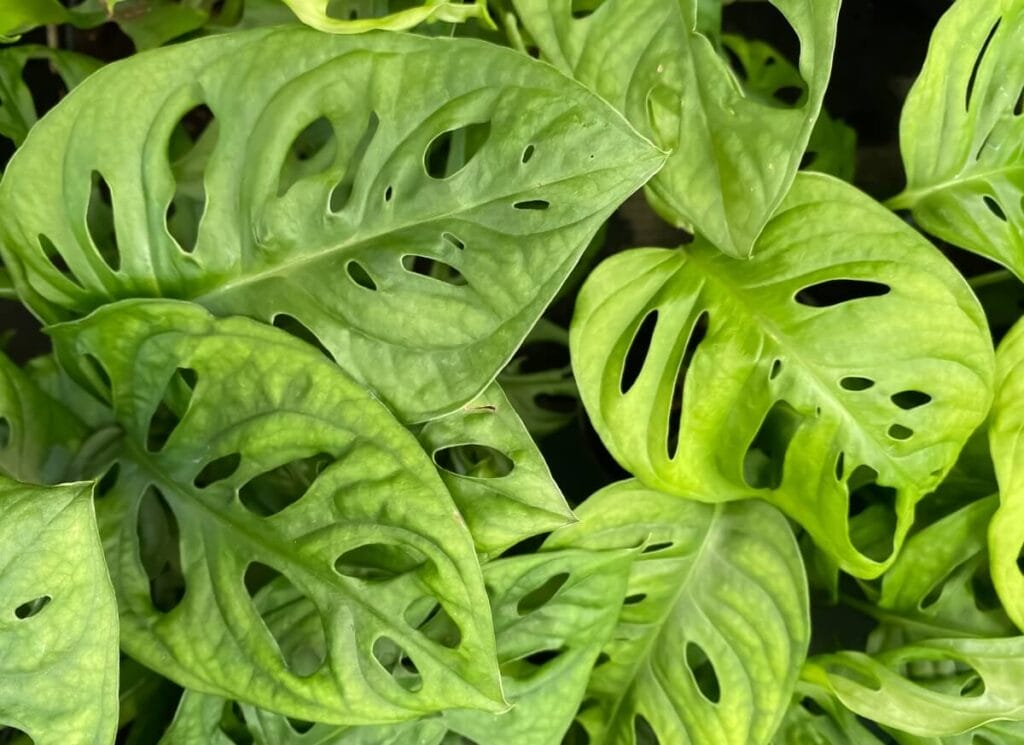
While this monstera doesn’t feature rare variegations, it does have huge fenestrations which is just as stunning.
Why It’s Expensive:
The Monstera Obliqua, also known as the ‘unicorn’ monstera, is considered the rarest plant in the world. Thanks to this it’s extremely difficult to propagate, adding to its high price.
Prices can reach up to $5,000 or more for a single specimen due to its extreme scarcity.
For more, see our in-depth guide to Monstera Obliqua plant care at home.
Where to Get It:
Occasional sales at specialty plant auctions or through private collectors who occasionally release cuttings.
8. Saffron Crocus
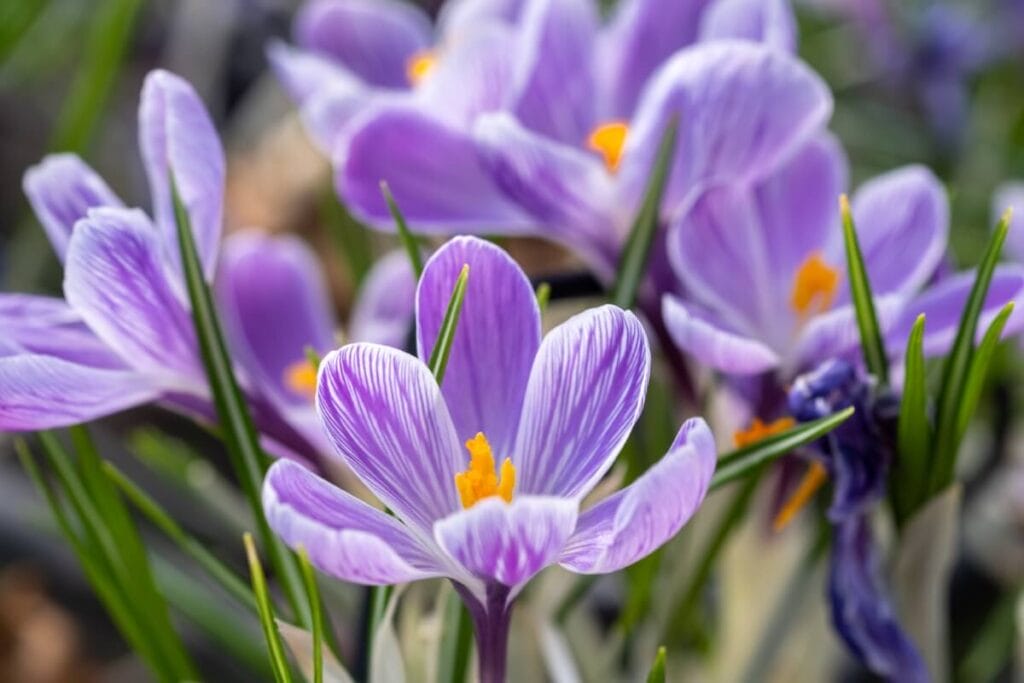
As one of the rarest foods in the spices in the world, I can’t miss the Saffron Crocus. While these flowering plants produce stunning purple blooms, the bright red stigmas are what make this plant so expensive.
Why It’s Expensive:
The labor-intensive cultivation process contributes to its high price. It takes over 60,000 saffron flowers to make one pound of spice. So, it’s no surprise that you can pay anything from $1,500 to $5,000 per pound of saffron.
Where to Get It:
Saffron crocus bulbs can be purchased from specialized spice or plant nurseries.
9. Nepenthes Attenboroughii
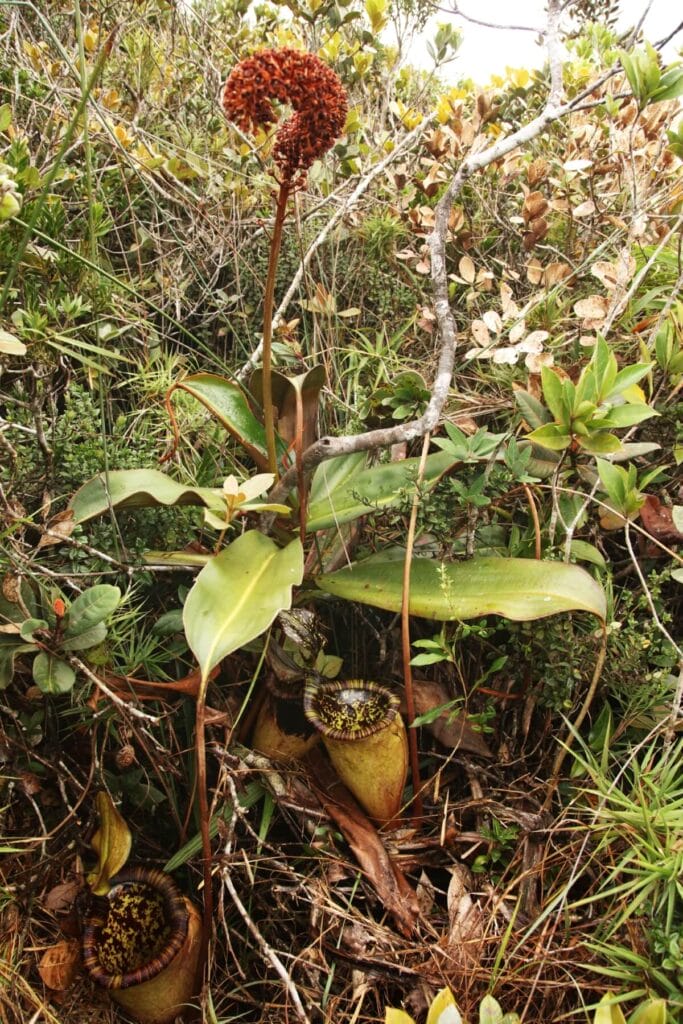
I love plants named after famous people, and none are more deserving than Sir David Attenborough. His plant, the Nepenthes Attenboroughii is a beautiful pitcher plant species discovered in the Philippines.
Why It’s Expensive:
It’s extremely rare and faces threats from habitat destruction, adding to its scarcity. You can pay between 5,000 to $10,000 per plant due to its rarity.
Where to Get It:
Extremely difficult to find commercially; it might occasionally appear in private collections or botanical gardens.
10. Juliet Rose
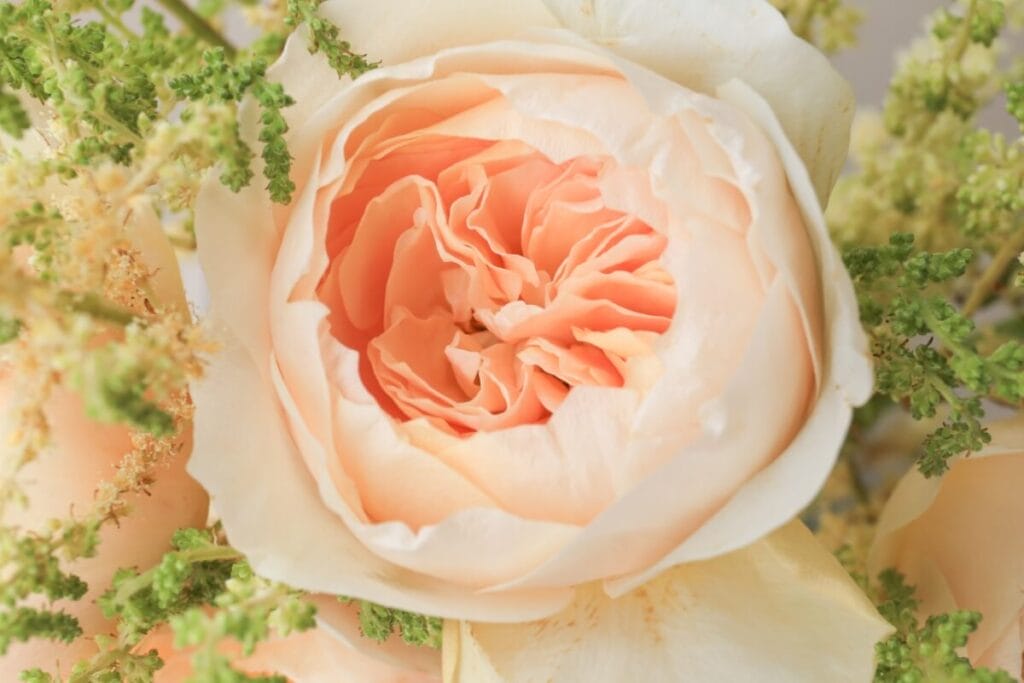
Roses are a must in any garden. They’re stunning and create wonderful features in any landscaping design, especially unique varieties like the Juliet Rose. While this apricot-colored rose is sure to turn heads, its price will leave your jaw on the floor.
Why It’s Expensive:
The Juliet Rose is a rare hybrid rose variety developed by David Austin. But its limited production contributes to its high price, which can be as expensive as $15,000 per rose!
Where to Get It:
Available through David Austin Roses in limited quantities or specialty nurseries focusing on rare roses.
11. Shenzhen Nongke Orchid
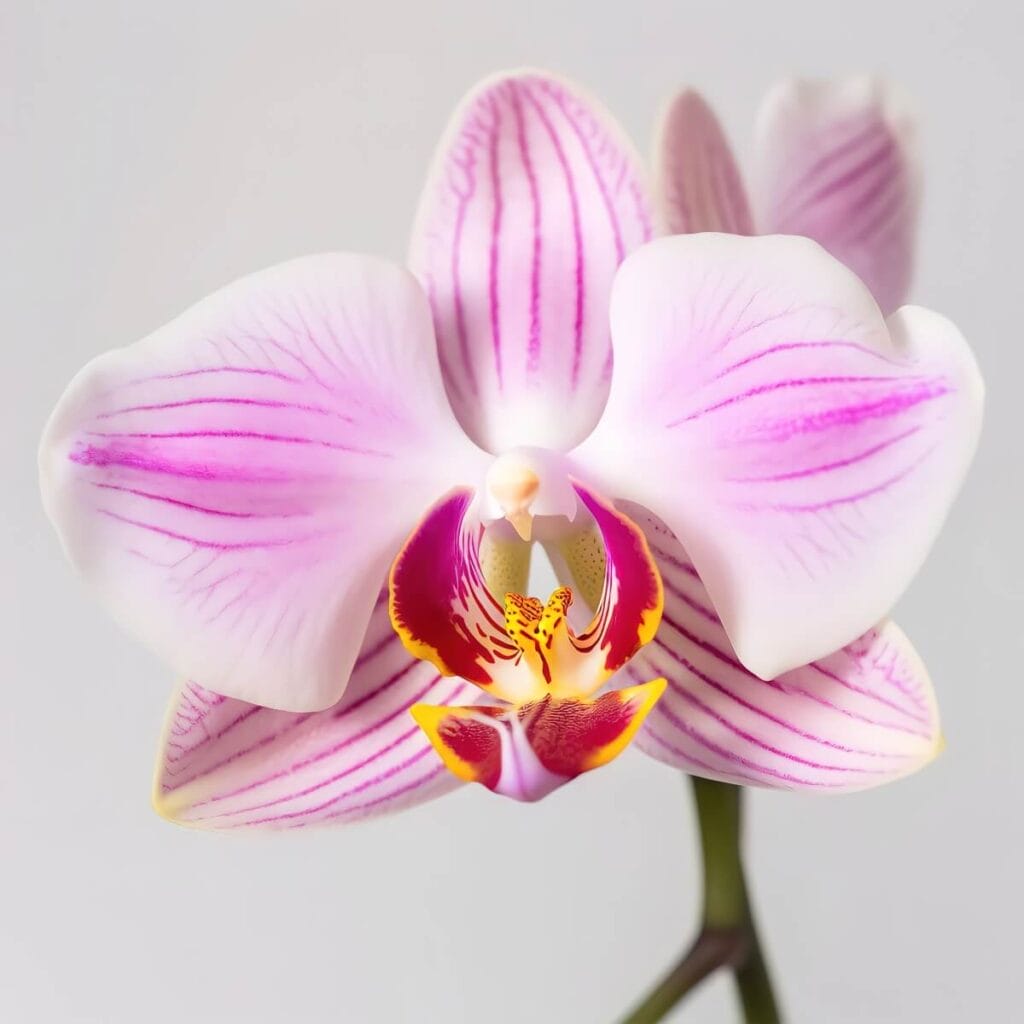
All orchids are beautiful, but nothing comes close to the Shenzhen Nongke Orchid. The flower’s mix of whites, greens, pinks, and reds takes my breath away.
Why It’s Expensive:
The Shenzhen Nongke Orchid isn’t rare because of its rare coloration. It’s rare because it’s man-made. Thanks to this, you need lab-like settings to cultivate this magnificent plant, which, of course, makes it extremely expensive. In 2005, one of these orchids was auctioned for nearly $200,000.
Where to Get It:
These orchids were produced in limited quantities and are rare to find outside specialized auctions or exclusive botanical collections.
12. Bonsai Pine
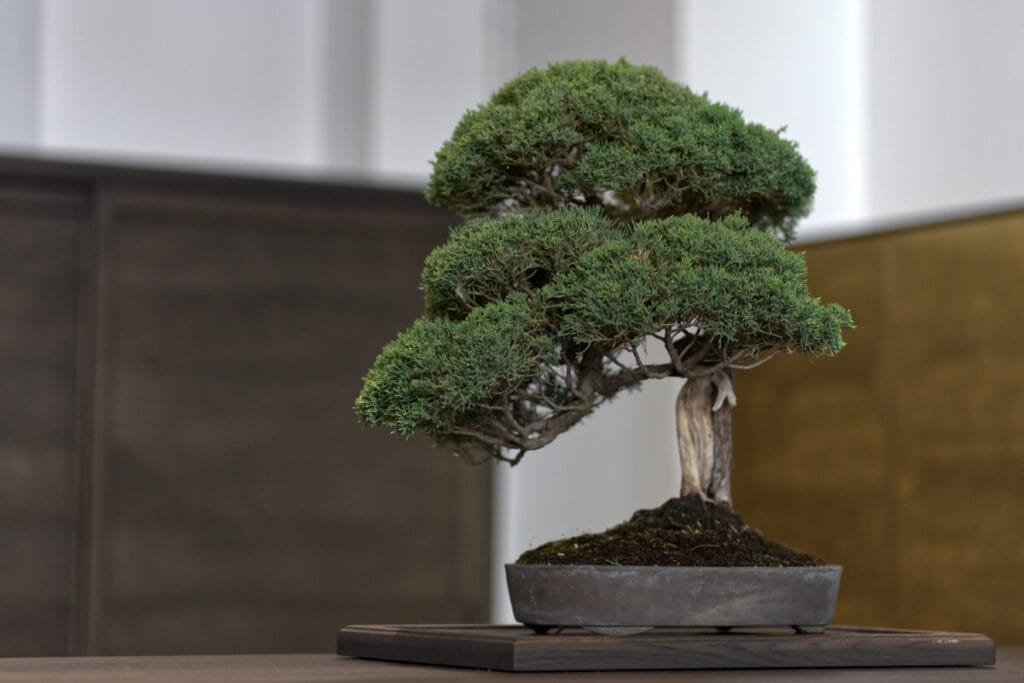
Growing bonsais is truly an expensive art form. It should come as no surprise that the most expensive plant on this list is a bonsai.
Why It’s Expensive:
The Bonsai Pine is considered the most expensive plant in the world, all thanks to their rarity and how long it takes to grow.
You can pick up a baby bonsai for as little as $50, but you have to put in the time, effort, and care to nurture this stunning little tree. One, several hundred-year-old Bonsai Pine sold for $1.3 million a few years ago!
Where to Get It:
Specialized nurseries, renowned bonsai exhibitions, or auctions that feature exceptional and rare Bonsai Pines. Additionally, private collectors or bonsai enthusiasts might occasionally sell prized specimens.
Wrapping Up the World’s Most Expensive Plants
While our plants can be our most treasured possessions, these rare plants are true treasures. As the world’s most expensive plants, it might seem like you’d never be able to add them to your collection. But, if you shop around, and have the patience to watch them grow, you might get lucky.
Jade is a writer, editor, and photographer with a Bachelor's degree in Political Science and International Relations. She writes, edits, and photographs for several online publications in the gardening and lifestyle sphere. In her spare time, she reads and nurtures her urban garden and evergrowing houseplant collection.

